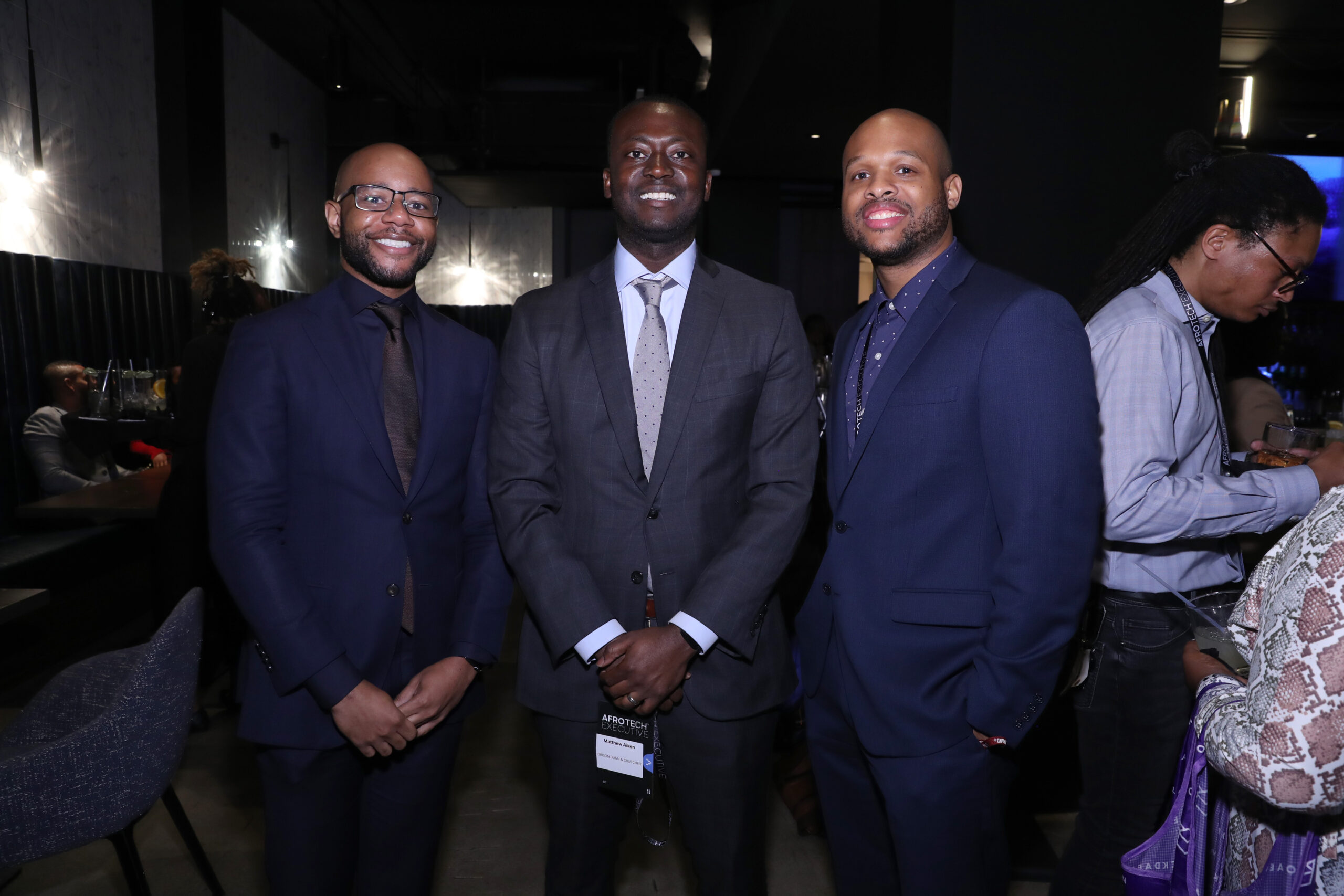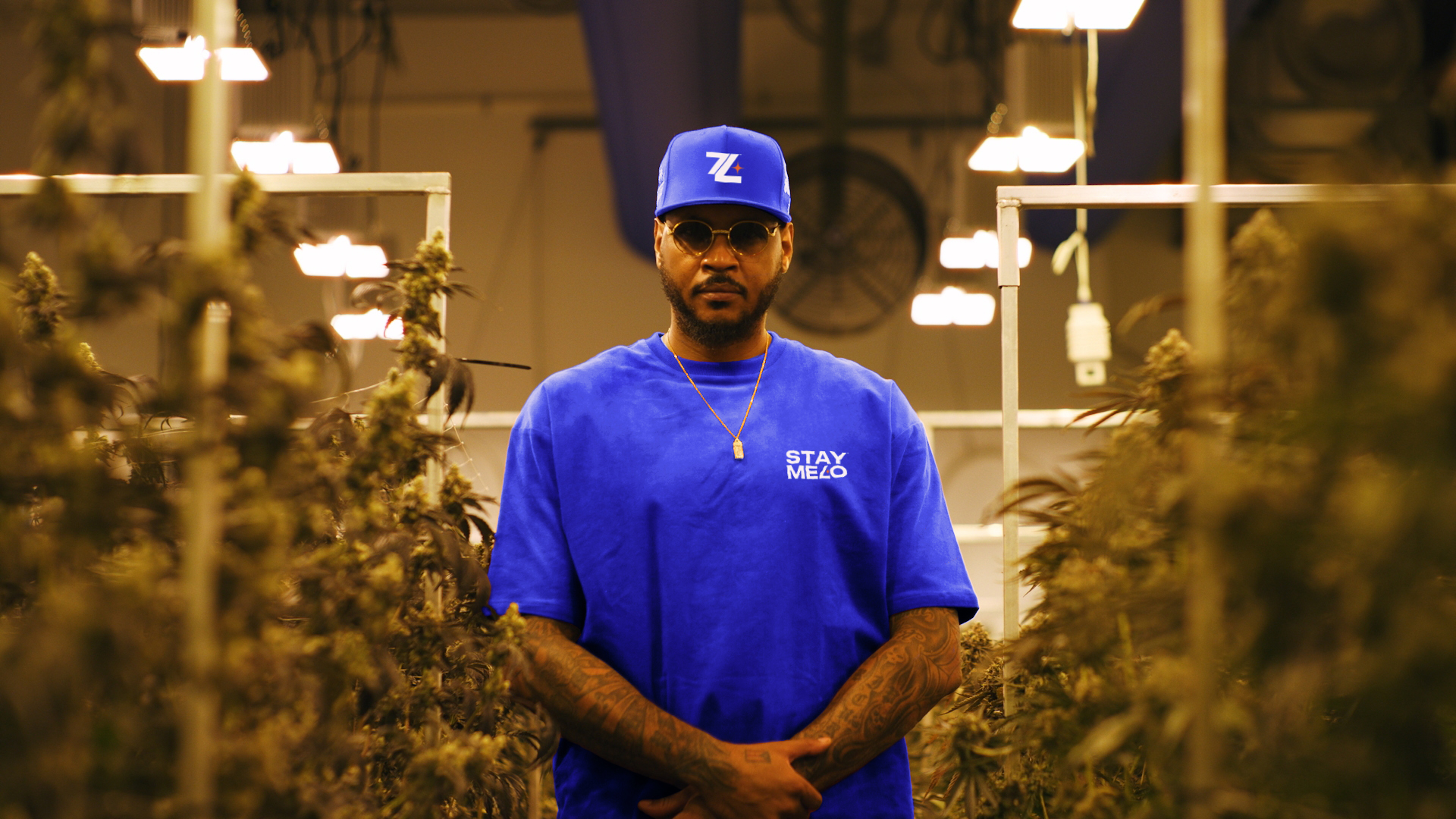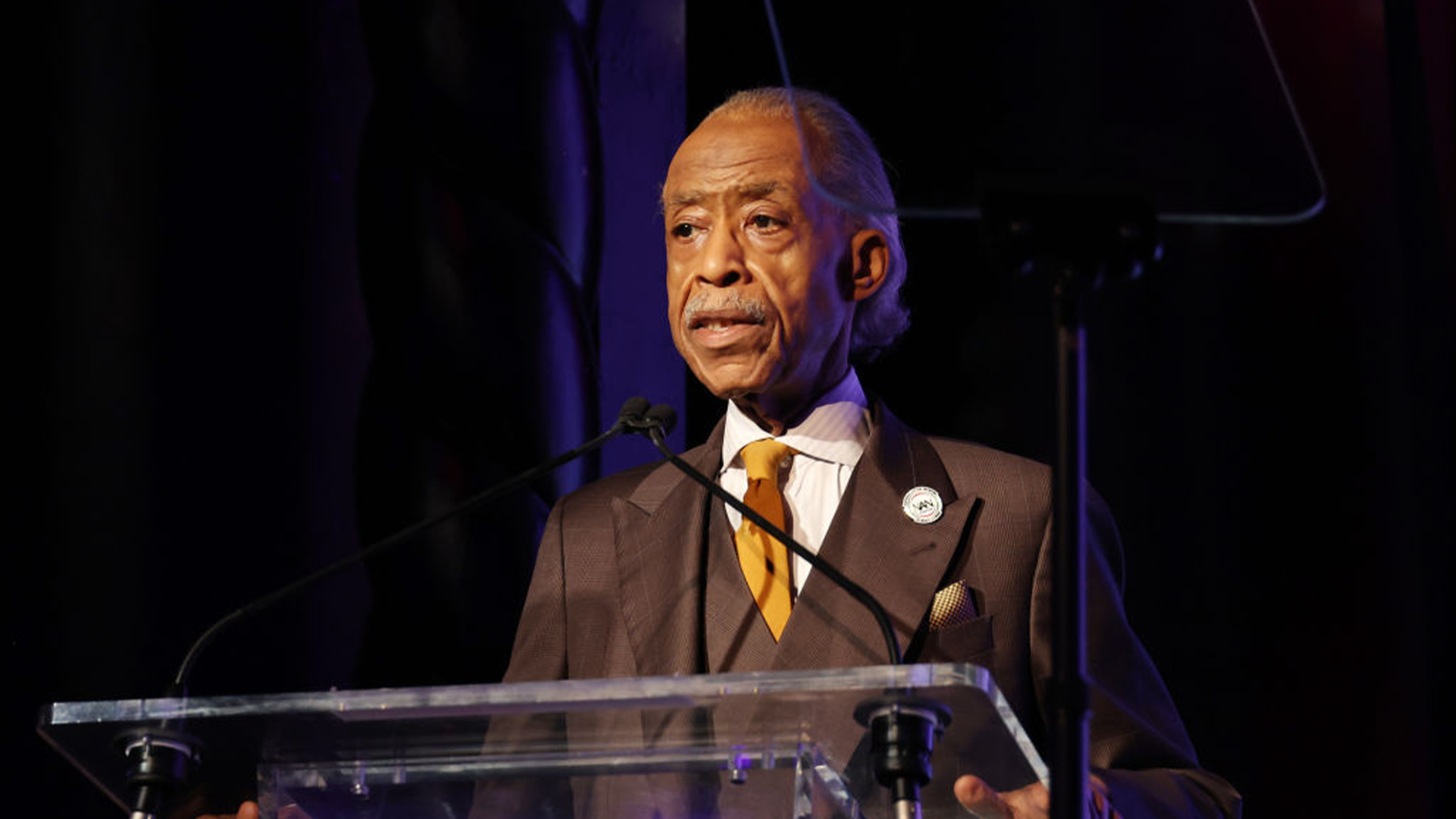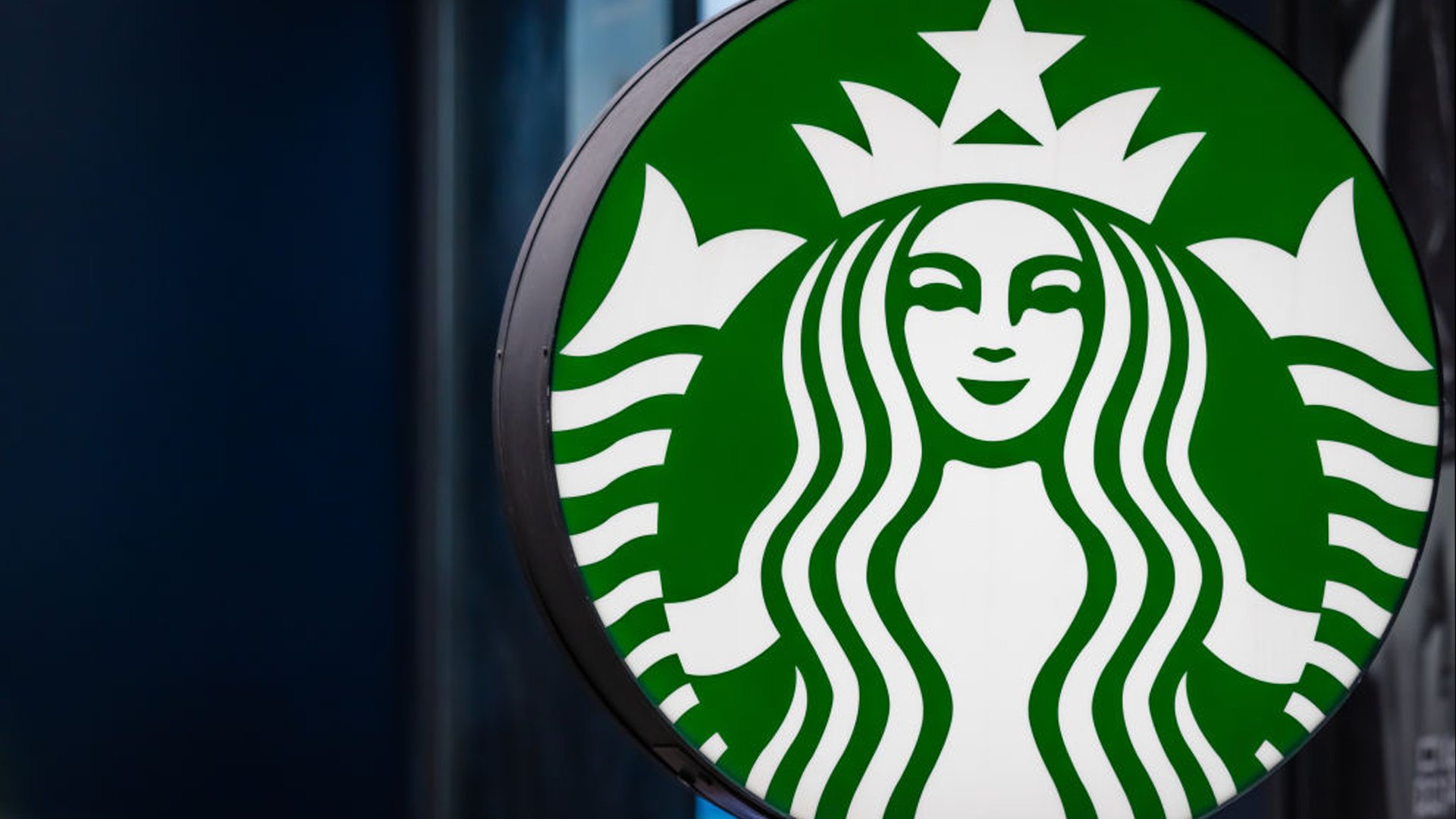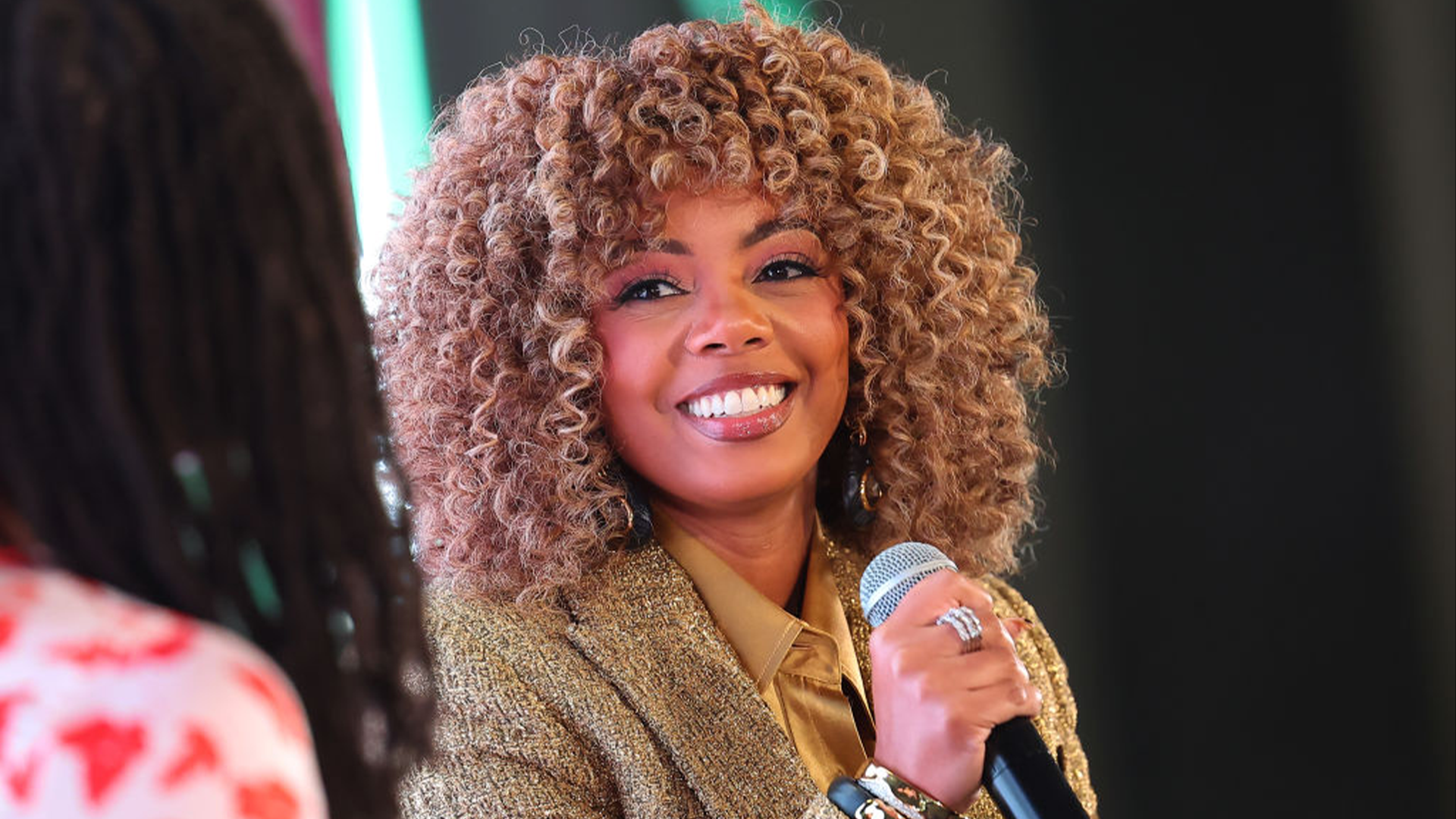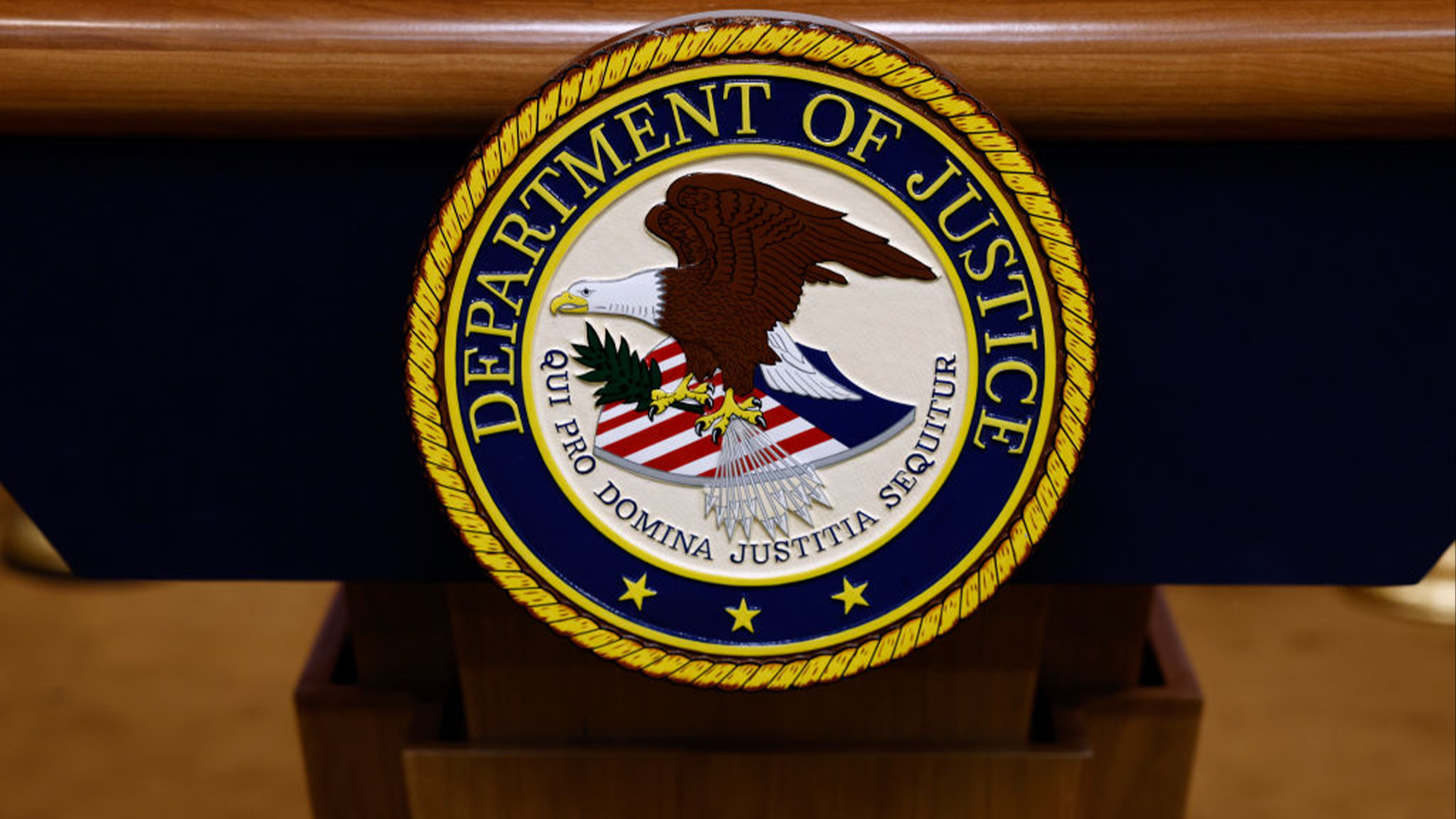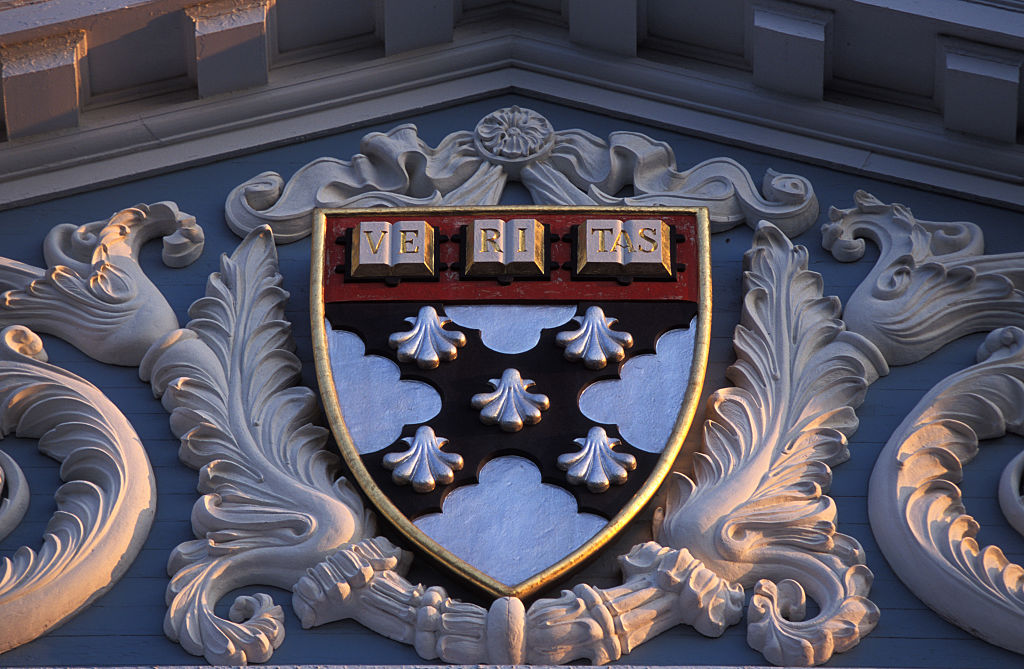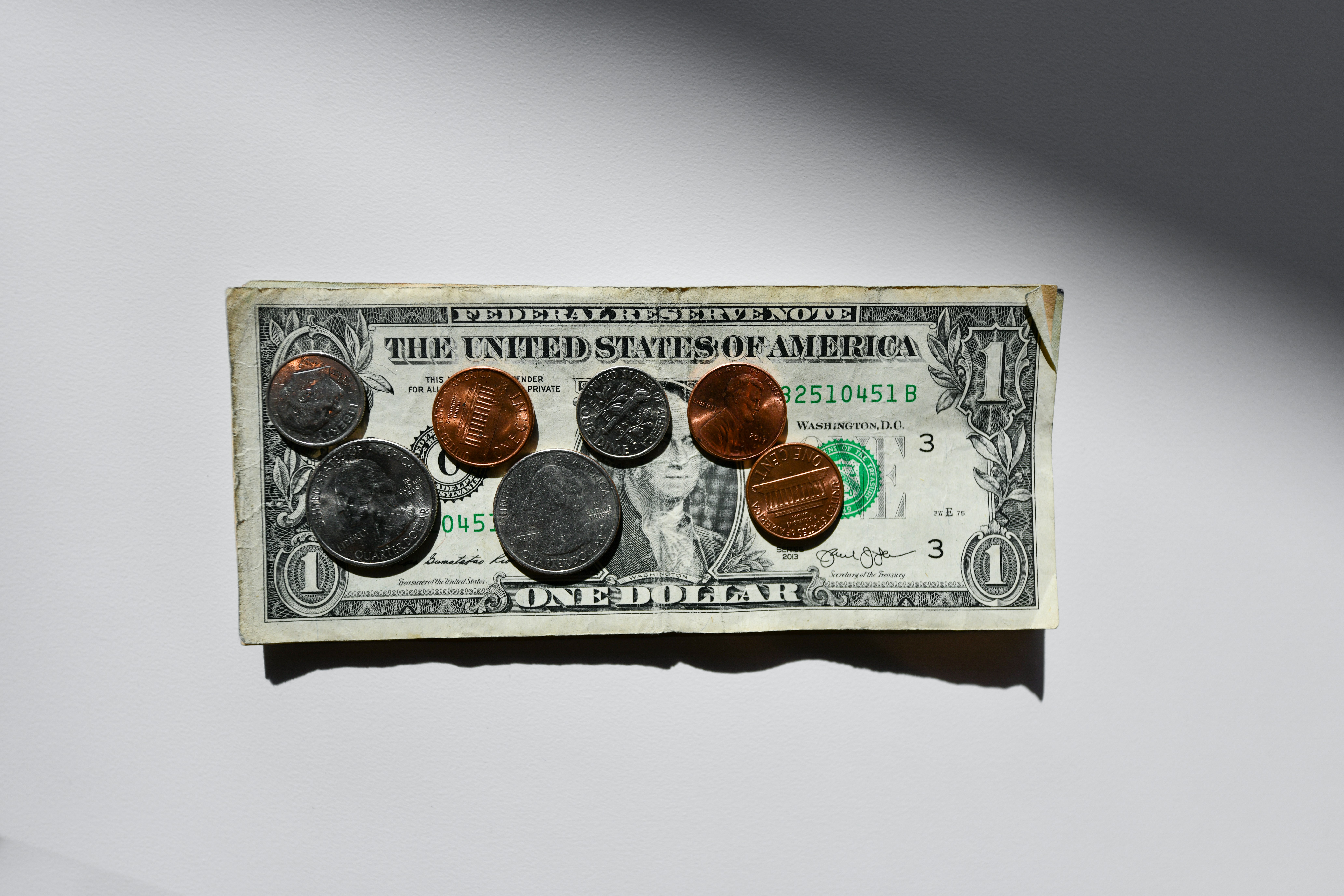The latest buzzword in the financial industry involves the so-called “NFTs.” Everyone from Lindsay Lohan to Post Malone is getting in on the craze, and even Twitter’s CEO became $2 million richer thanks to a digitally authenticated tweet.
Naturally, there’s a lot of confusion around what NFTs really are as a result — and this, says the mononymic Bettinna of BettyMedia, is typical for most crypto trends.
“Let’s start with the difference between the terms ‘fungible,’ and ‘non-fungible,'” she told AfroTech. “Fungible refers to any assets or goods that can be interchangeable with another individual asset or goods that are the same value or it can be the same type. For example, let’s take a $1 bill — whether it’s been printed in 1980 or 2020, you can exchange it for four quarters, or ten dimes, or 100 pennies. But a non-fungible is, really, a fancy way of saying that something is one of a kind.”
So, NFTs are non-fungible tokens — or, a digital authentication of something, anything, such as Post Malone’s game, or Jack Dorsey’s tweet, or whatever Lindsay Lohan is selling today that isn’t a movie.
In the past, one could pass off a fake piece of art as real and make a pretty penny in doing so. In fact, back in 2019, Vice remarked that thanks to the Internet and digital technology, forging art was becoming easier — and more profitable — than ever before.
But if NFTs catch on, Bettinna says that those days will be long behind us, which will benefit content creators in the long run.
“Collectibles are an integral part of wealth. There are financial funds invested in digital collectibles,” she said. “Art is a BIG business. What I do see is it will definitely help the art world and artists, and digital art will be an even bigger business. Digital art has been around for a long time. Digital art offers artists to be as creative as they want to be, to explore in so many ways while maintaining and tracking their works on the blockchain. If someone purchases an NFT, the new owner can resell, distribute or license the digital asset. Here’s the beauty of NFTs, a creator can add programmable code and set direct terms and limitations of the NFT. They can choose how it can be distributed, where, to what platform and the artist or creator of the NFT can get royalties directly every time it’s resold.”
And while NFTs are certainly beneficial for artists, Bettinna says that they will also be beneficial for other industries, in the long run.
“After the earthquake in Haiti, my family, friends, and their families lost records, from birth certificates, death certificates to land deeds, which many of us can never replace, and all these documents have been hard to track,” she said. “Some of the members of my family lost baby photos and baby photos of me. I always think about these things and wonder if decentralized blockchain had existed back then, and if we could have been able to keep these records from getting lost or ruined. We could have been able to authenticate, track and maintain on the blockchain. That’s how I see NFTs. It’s beyond the Crypto Kitties or the MF Doom Augmented Reality NFT.”
Editorial note: Portions of this interview have been edited and condensed for clarity.





